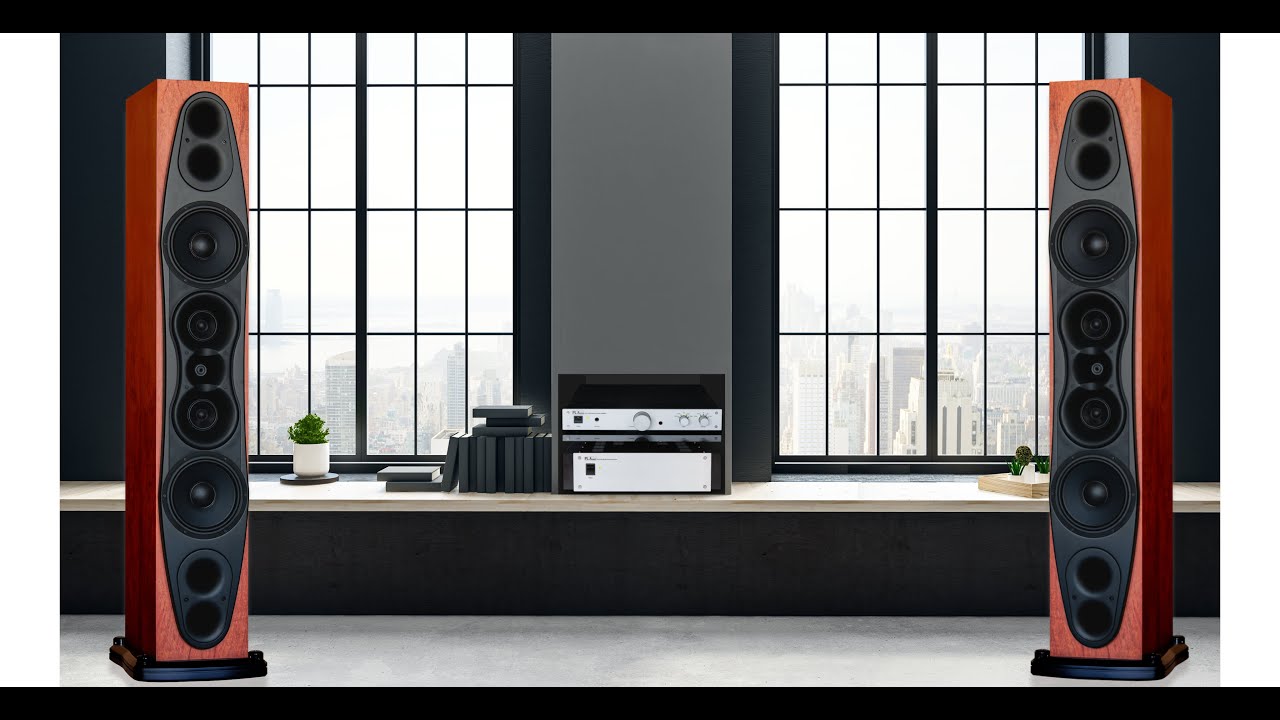Soundstage and imaging are important elements of audio reproduction, as they determine how well the listener can perceive the location and placement of instruments and vocals in a recording. The science behind soundstage and imaging is a complex one, involving the interplay of various physical, psychological, and physiological factors.
Soundstage refers to the perceived width, depth, and height of the sound in a recording. It is the ability of a sound system to create the illusion of a live performance, with the instruments and vocals appearing to be coming from specific locations in the room.
Imaging, on the other hand, refers to the perceived location of individual instruments and vocals within the soundstage. It is the ability of a sound system to create the illusion of specific instruments and vocals being placed at specific locations within the soundstage.
Both soundstage and imaging are affected by several factors, including the recording itself, the playback equipment, and the listener’s own auditory system.
The recording plays a critical role in soundstage and imaging, as the way the instruments and vocals were recorded, mixed and mastered affects the way they will be perceived by the listener. The use of microphone techniques, such as stereo or surround sound recording, can greatly enhance the perceived soundstage and imaging.
The playback equipment also plays a role in soundstage and imaging. High-quality speakers and amplifiers can help to reproduce the recording more accurately, while poor-quality equipment can degrade the perceived soundstage and imaging.
The listener’s own auditory system also affects soundstage and imaging. The way the human brain processes sound can influence the perceived soundstage and imaging. Factors such as the listener’s age, hearing ability, and even their own psychology can all play a role.
In conclusion, soundstage and imaging are complex phenomena that involve the interplay of various physical, psychological, and physiological factors. A good recording, high-quality playback equipment, and a well-functioning auditory system are all important factors in achieving good soundstage and imaging. Understanding the science behind soundstage and imaging can help audiophiles and music enthusiasts to get the most out of their listening experience.
